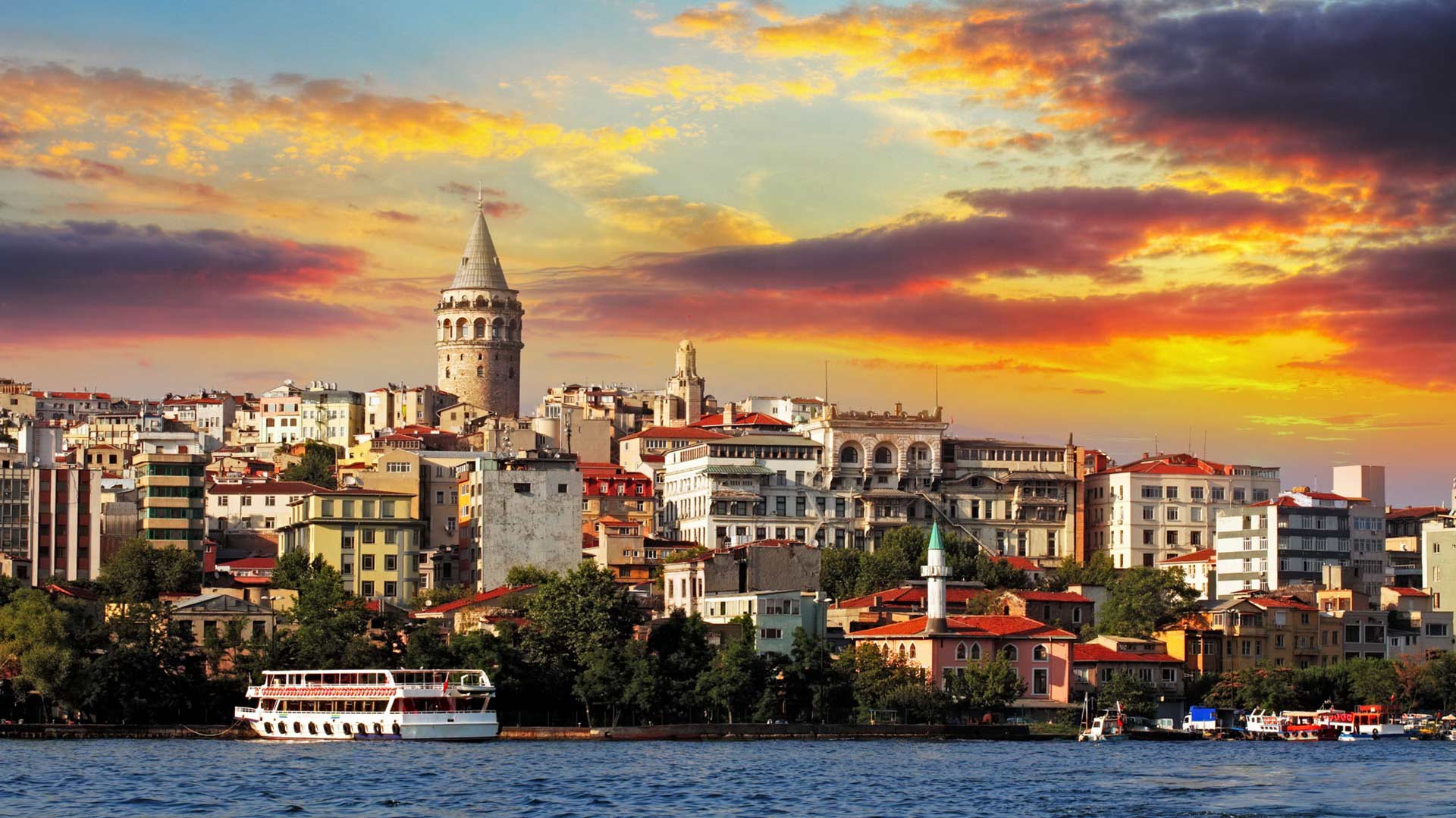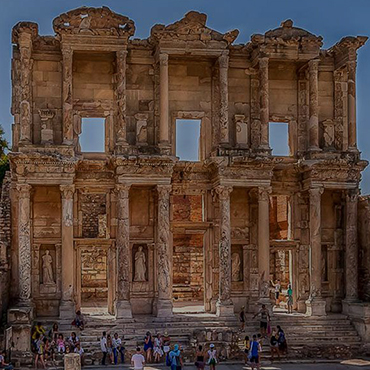From the shimmering Aegean in the west to the remote slopes of Mount Ararat in the east, Turkey’s enormous variety of landscape is matched only by its rich historical and culturel heritage. Astride the watery border between Europe and Asia, east and west, Turkey has always been a major player in the world history. To travel through Turkey is to travel through time, from the Stone Age in central Anatolia to the Bronze Age in Troy; from the heights of Greek and Roman civilisations at Pergamon and Ephesus to the depths of 7th-century underground cities in Cappadocia.
Istanbul has always been one of the most important destinations for tourists, who come here for both history and nature with its Bosphorus, Santa Sophia Museum, Topkapi Palace, Underground Cistern, Blue Mosque, Hippodrome, German Fountain, Rumeli Fortress, Obelisks, Grand Bazaar, Spice Market, Galata Tower, Istiklal Street, Pera District, Dolmabahce Palace, Beylerbeyi Palace, City Walss, Golden Horn, Maiden Tower and Chora Church.
In ancient times Ephesus was one the biggest and most important towns in Asia Minor, and its Temple of Artemis is ranked as one of the Seven Wonders of the Ancient World. Basilica of St John, Archaeological Museum, Caves of the Seven Sleepers, St Lukes’s Grave, Varius Baths, Fountain of Trajan and Virgin Mary’s House are some importants attractions that you should visit when traveling to Ephesus.
Cappadocia, with its green valleys and bizzarly shaped rocks is one of the most interesting spots to explore in Turkey. Accommodation of all kinds is available in the little towns of Cappadocia. You can observe the impressive landscape between Aksaray and Kayseri has been formed by eruptions of the Erciyes Dagi and Hasan Dagi volcanoes and visit Kaymakli Underground City and Derinkuyu Underground City: two of the best known underground cities in the region.












